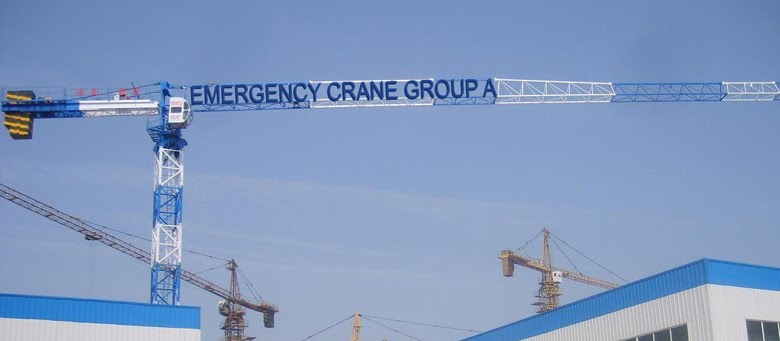

Crane initial idea:
The design of this crane has been inspired by portable cranes and other application which features a base that fills with water or sand for stability.
The base is meant to be containers that could be filled with water or sand depending on availability.
The tier on each side are also meant to be containers where they can be filled depending on how much wait needed to lift the object.











